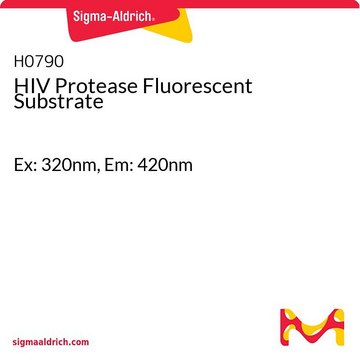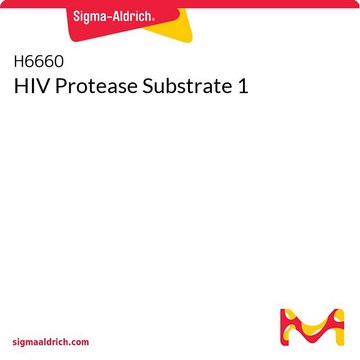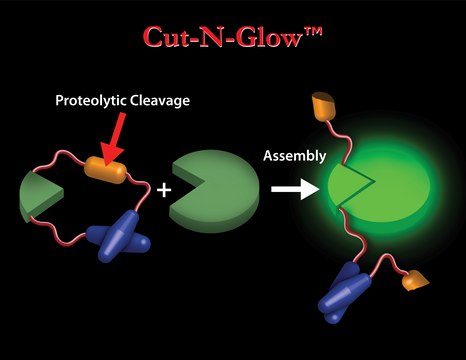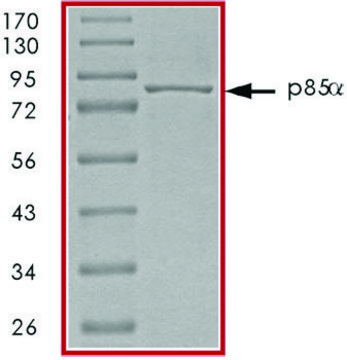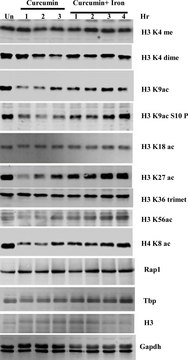SRP2152
HIV Protease, His tagged,recombinant from HIV-1
recombinant, expressed in E. coli, ≥85% (SDS-PAGE)
Synonym(s):
HIV_retropepsin_like, Retropepsins, cd05482, pepsin-like aspartate proteases
About This Item
Recommended Products
biological source
human immunodeficiency virus 1
recombinant
expressed in E. coli
Assay
≥85% (SDS-PAGE)
form
frozen liquid
mol wt
~11.9 kDa
packaging
pkg of 10 μg
storage condition
avoid repeated freeze/thaw cycles
concentration
200 μg/mL
color
colorless to clear
NCBI accession no.
UniProt accession no.
shipped in
dry ice
storage temp.
−70°C
Application
Biochem/physiol Actions
Sequence
Physical form
Preparation Note
Storage Class Code
10 - Combustible liquids
WGK
WGK 1
Flash Point(F)
Not applicable
Flash Point(C)
Not applicable
Regulatory Information
Choose from one of the most recent versions:
Certificates of Analysis (COA)
Don't see the Right Version?
If you require a particular version, you can look up a specific certificate by the Lot or Batch number.
Already Own This Product?
Find documentation for the products that you have recently purchased in the Document Library.
Our team of scientists has experience in all areas of research including Life Science, Material Science, Chemical Synthesis, Chromatography, Analytical and many others.
Contact Technical Service